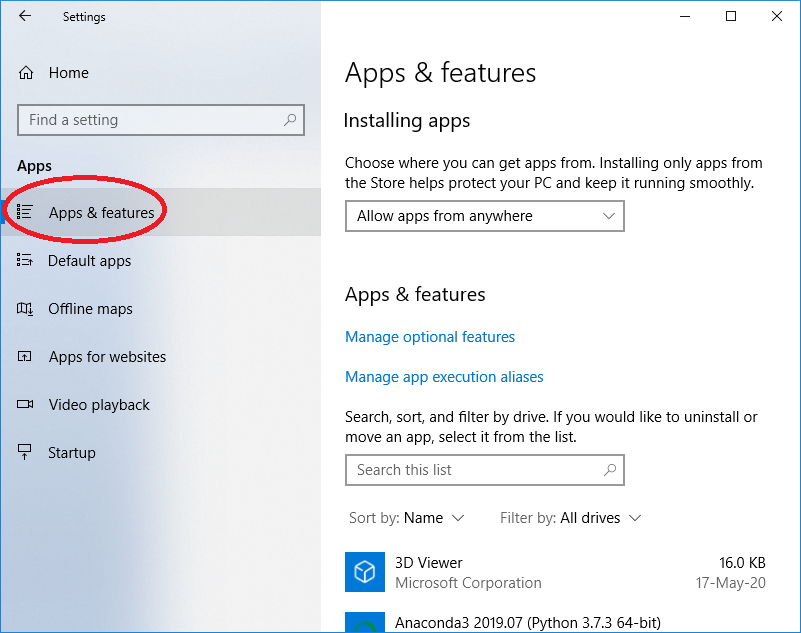

- #Practice star ccm tutorial how to#
- #Practice star ccm tutorial manual#
- #Practice star ccm tutorial windows#
Be careful, however, that this erases all the data (normalization, alignment, …) which have been calculated before. You can force Siril to recompute all sequences in the working folder, by checking the Force. In the Sequences tab, the Search sequence button analyzes your working directory and searches for sequences: Most often, by default, Siril loads the last computed sequence, but please keep that in mind! However, keep in mind that you should ALWAYS choose the sequence of work before proceeding with any processing. It is quite possible to have several sequences in the same folder. The name of the corresponding sequence is bias and is contained in the q file which we recommend never to edit by hand. So when you convert biases images giving them as sequence name: bias, the converted images have the names bias_00001, bias_00002, bias_00003, etc. These sequences are listed in small files with the extension. A sequence is a sequence of consistent images: lights, darks, biases, etc. Sequences #Ī few words about sequences that are very important in Siril. You must then apply the same procedure with the lights, the flats, the biases and the darks, each time giving them an evocative generic name. Siril adds a number as a suffix to this name to differentiate the images, and this allows the creation of the sequences. Give a generic name to the images to convert ( lights, flats, …).Find the folder where the images to convert are located (by default, we are in the working directory).
#Practice star ccm tutorial windows#
An explanation for doing this on Windows is given here. It is also possible to create a sequence without copying the files by creating symbolic links. For people with FITS images, obtained from dedicated cameras, conversion is not necessary but renaming is. You must therefore convert your raw files. Siril works with files in the FITS (Flexible Image Transport System) format.


We note that one only need to subtract the UNPROCESSED darks (which therefore also contain the biases) to remove the dark AND the biases in one pass: saving work and time! Image preprocessing is made by the following formula: We will follow the pattern used in the scripts: lights for images, biases, darks and flats for other images. It is best to store your files in different subfolders.
#Practice star ccm tutorial manual#
You want to understand what scripts do: the best way is indeed to do a manual pre-processing!.But in some cases, you will need to perform manual processing: Of course, Siril features scripts, which carry out this process automatically.
#Practice star ccm tutorial how to#
This tutorial explains how to pre-process manually an astro image shot with a digital camera (DSLR), but the processing of images from astronomical cameras is almost identical.


 0 kommentar(er)
0 kommentar(er)
